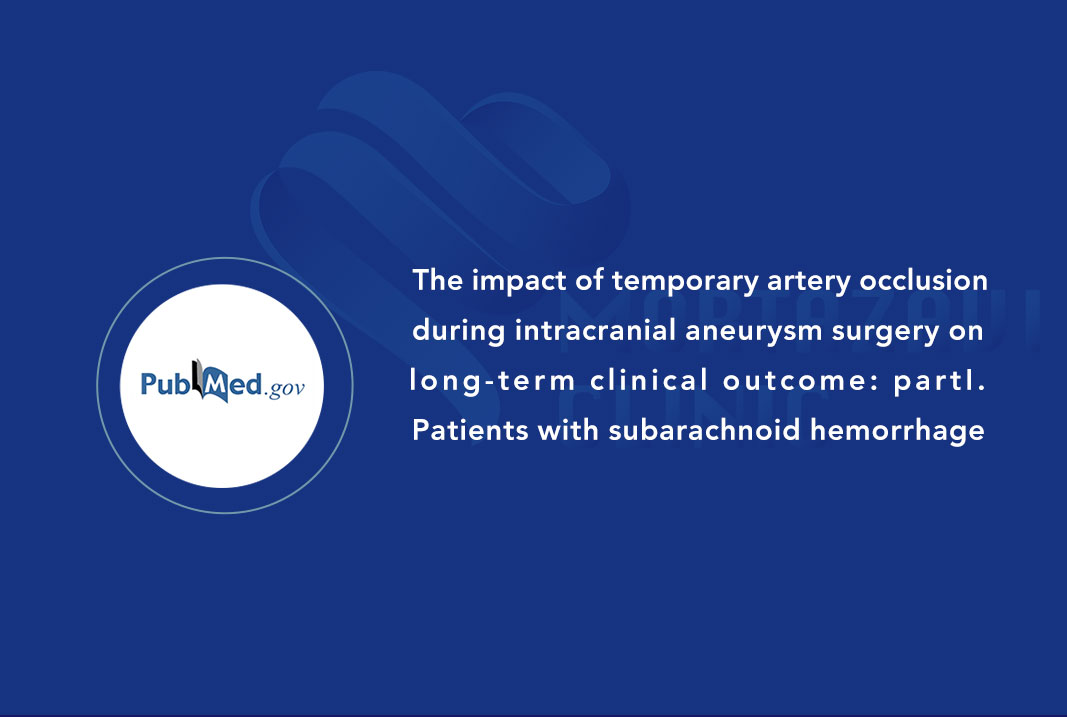The impact of temporary artery occlusion during intracranial aneurysm surgery on long-term clinical outcome: part I. Patients with subarachnoid hemorrhage

Abstract
Background: Temporary artery occlusion (TAO) during intracranial aneurysm surgery is an integral element in facilitating aneurysm dissection and clipping. Despite its significance, knowledge of effects of TAO on long-term clinical outcome is limited. The purpose of this study was to evaluate the impact of TAO in patients with subarachnoid hemorrhage (SAH) at one institution.
Methods: Patients managed for an intracranial aneurysm were followed from January 2000 to July 2009. This study included a cohort of patients with a diagnosis of SAH who underwent TAO during aneurysm surgery. Risk factors known to affect outcome were considered. Effects of TAO time on long-term clinical outcome were evaluated using the Glasgow Outcome Scale (GOS) at last follow-up visit or hospital discharge. Analyses included descriptive statistics and binary logistic and ordinal logistic regression.
Results: Inclusion criteria were met by 382 patients (74.3% female, age 52 years ± 13.5) with aneurysmal SAH. Mean follow-up was 39 months ± 57.3. Mean TAO time was 19.4 minutes ± 15.7. Of patients, 66% had a good outcome and made a complete recovery at last follow-up (GOS 5); 13% of patients were moderately disabled (GOS 4); and 27% of patients were severely disabled (GOS 3), were in a vegetative state (GOS 2), or had died (GOS 1). Overall, TAO time had no effect on overall long-term clinical outcome (P = 0.76). Higher Hunt and Hess grades (P < 0.001), Fisher computed tomography grades (P < 0.001), age (P < 0.001), larger size of aneurysm (P < 0.008), aneurysms of the posterior circulation (P = 0.044), and presence of clinical vasospasm (P < 0.001) were significantly associated with worse outcomes. On logistic regression analysis, the association between location of aneurysm (anterior vs. posterior circulation) and outcome disappeared.
Conclusions: Limited duration of TAO during aneurysm surgery did not affect long-term clinical outcome and appears to be safe in patients with aneurysmal SAH. Established SAH risk factors including Hunt and Hess grades, Fisher computed tomography grades, and presence of clinical vasospasm clearly correlated with long-term clinical outcomes.
To read the full article, refer to the link below:



